October 27-November 2, 2024
Turning the corner
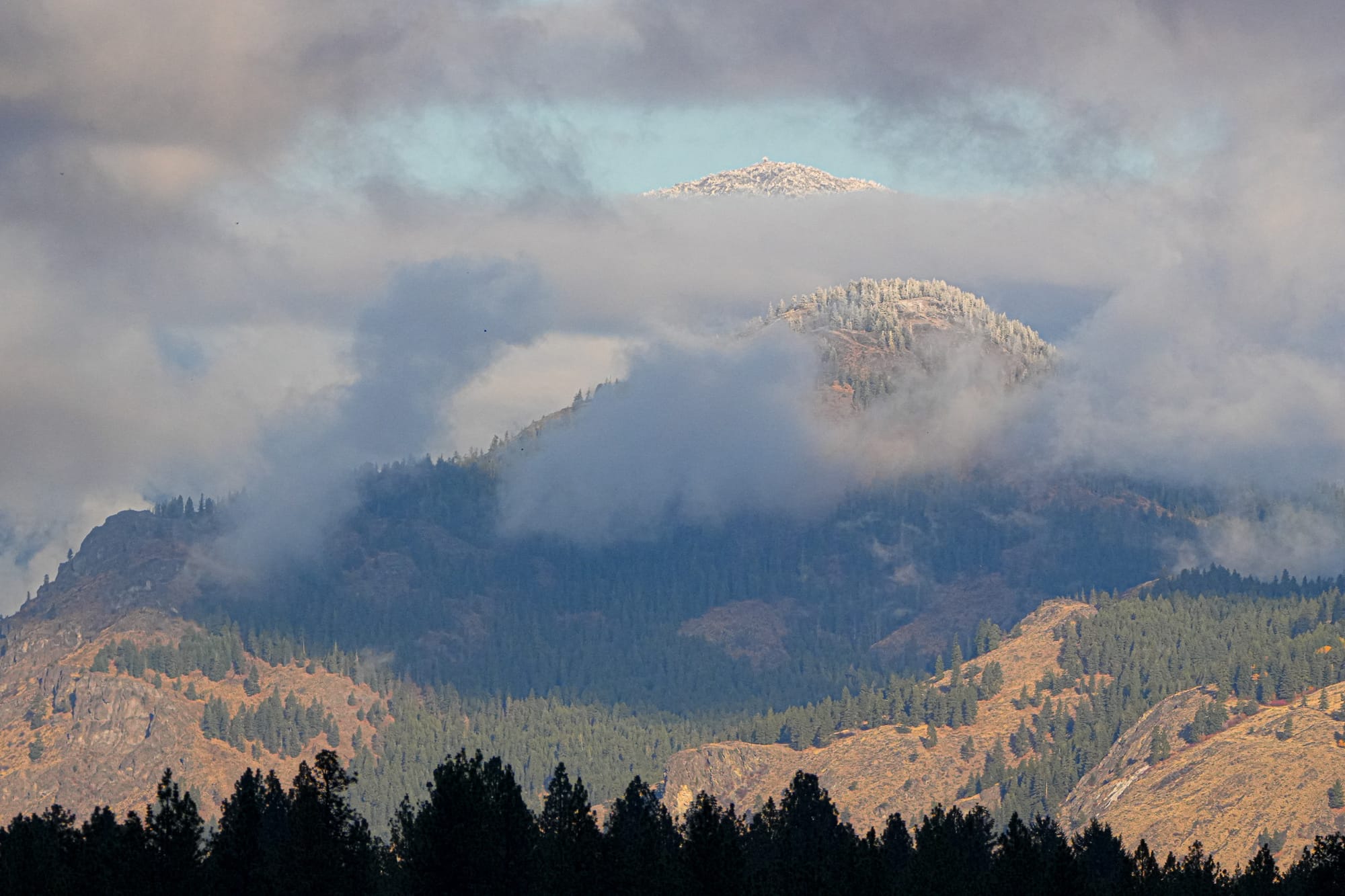
With rain on the valley floor, and snowstorms threatening to close mountain passes, we've officially wrapped up summer and fall and are heading into winter.
Week in Review
As winter storms and unsettled weather systems swept across Washington this week, they delivered not only snow and rain, but also produced some dramatic skies in the Methow Valley.
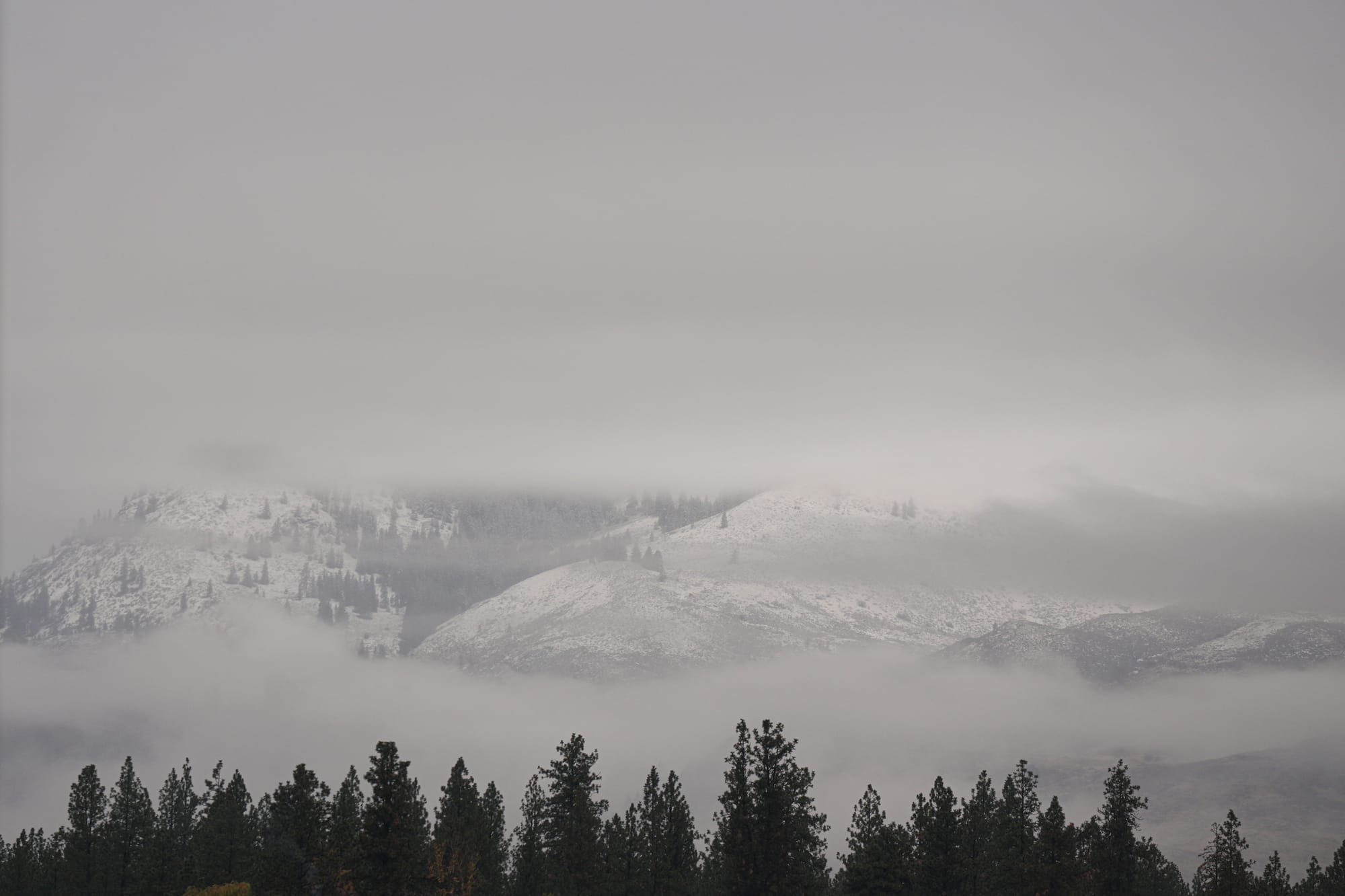
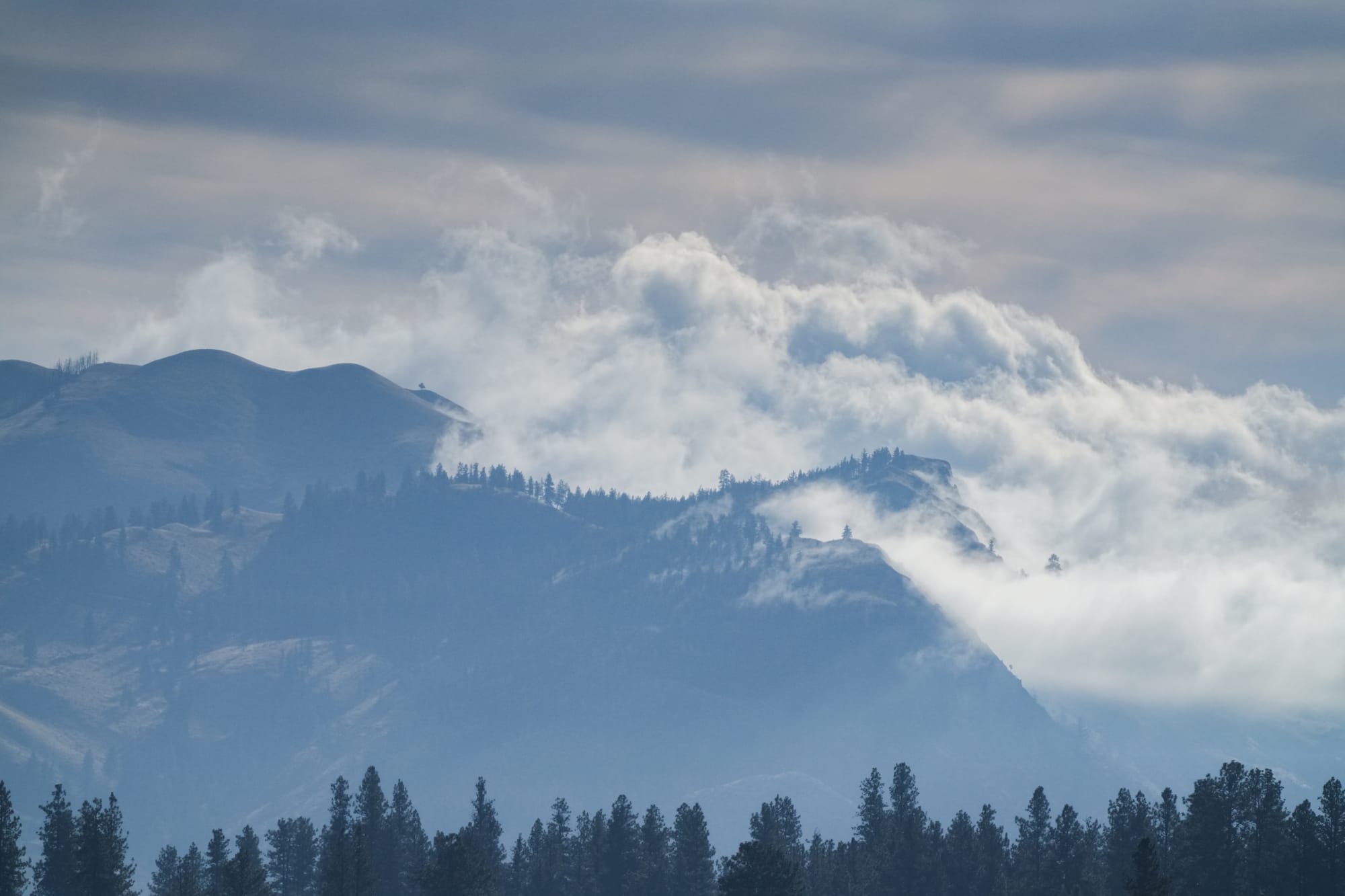
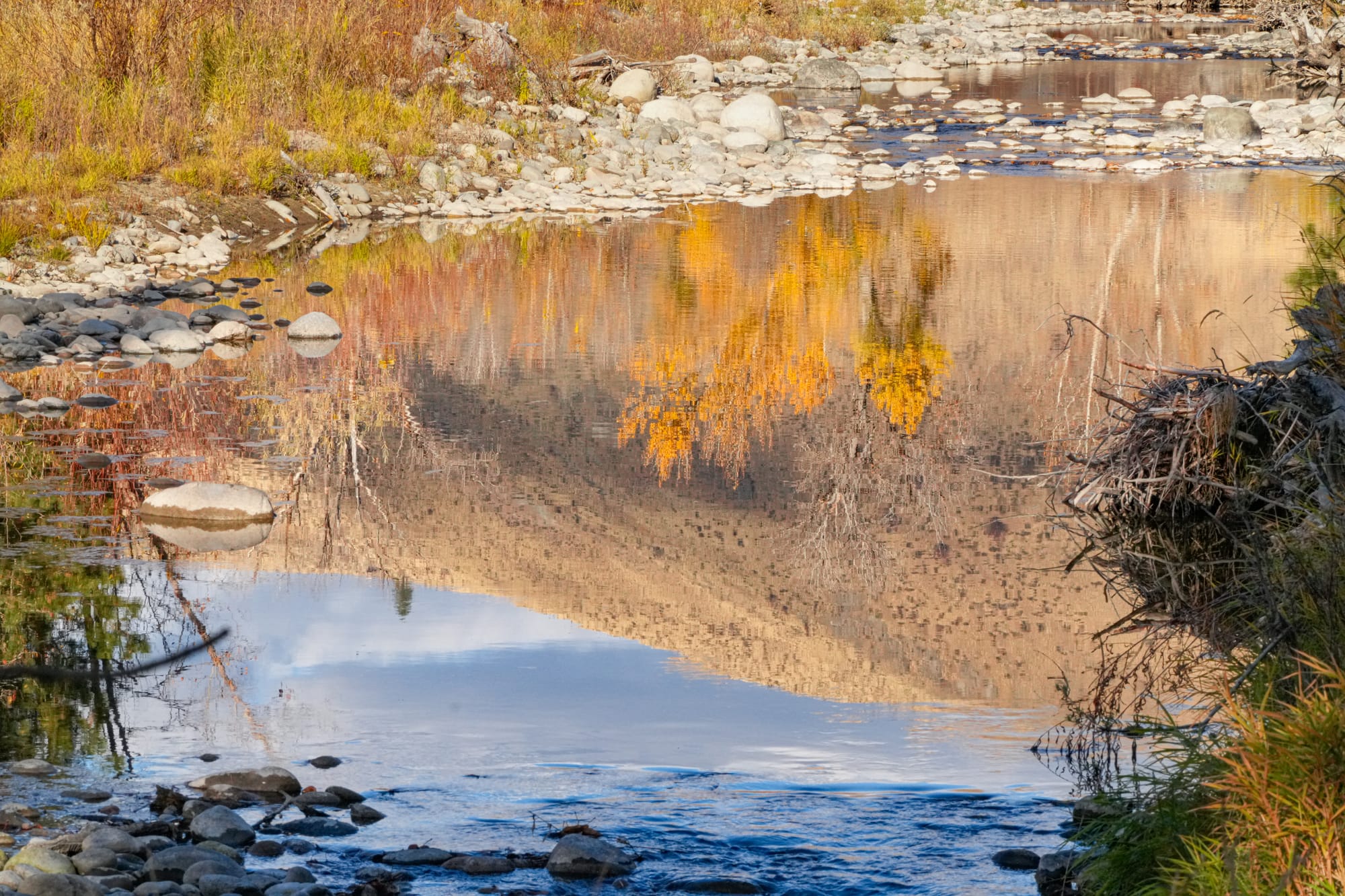
And speaking of dramatic, I hope you had a chance to see the magnificent larch displays at Loup Loup this week! While the subalpine larches at higher elevations in the North Cascades might get all the attention, western larches at lower elevations deserve to be noticed too.
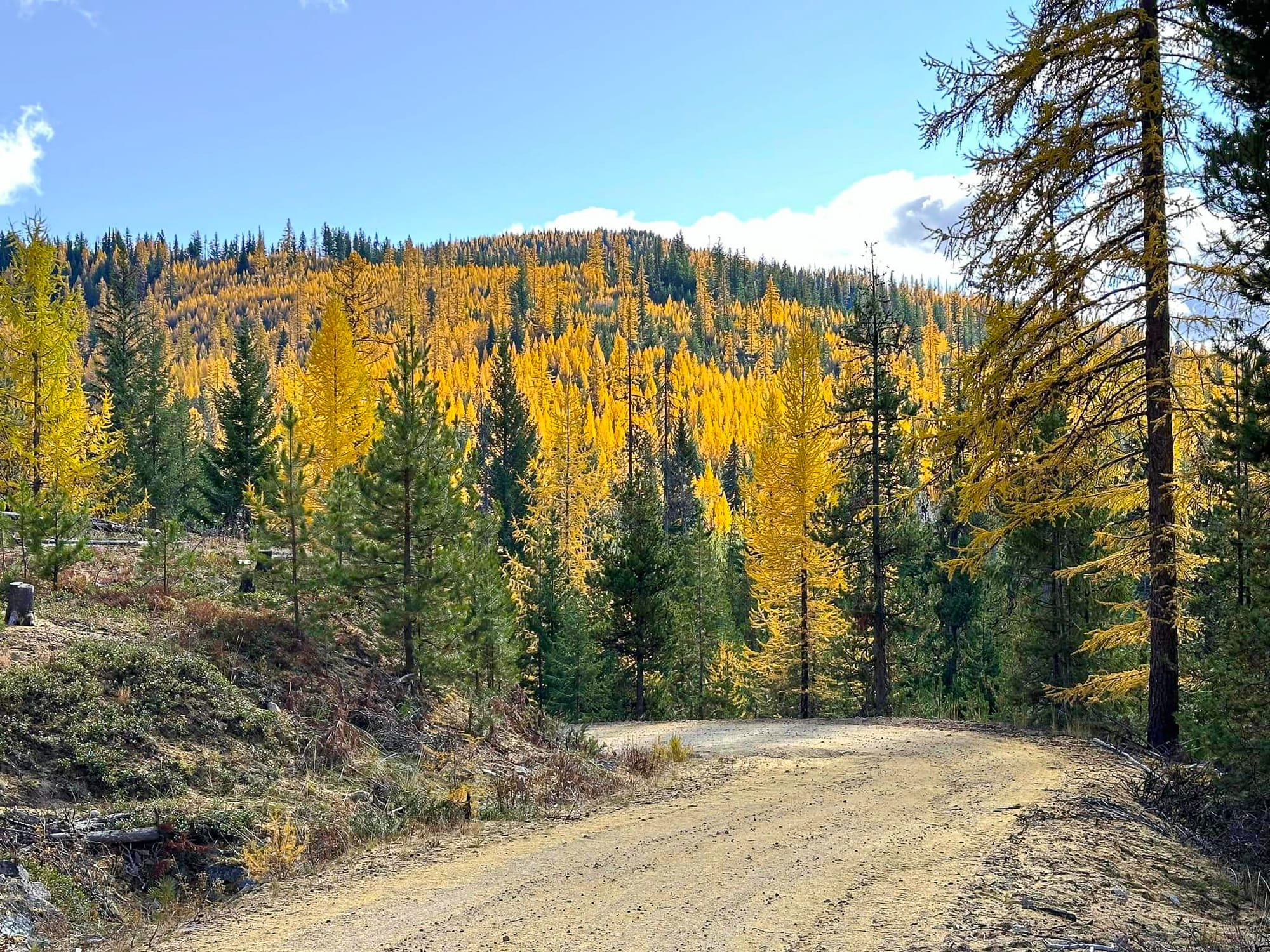
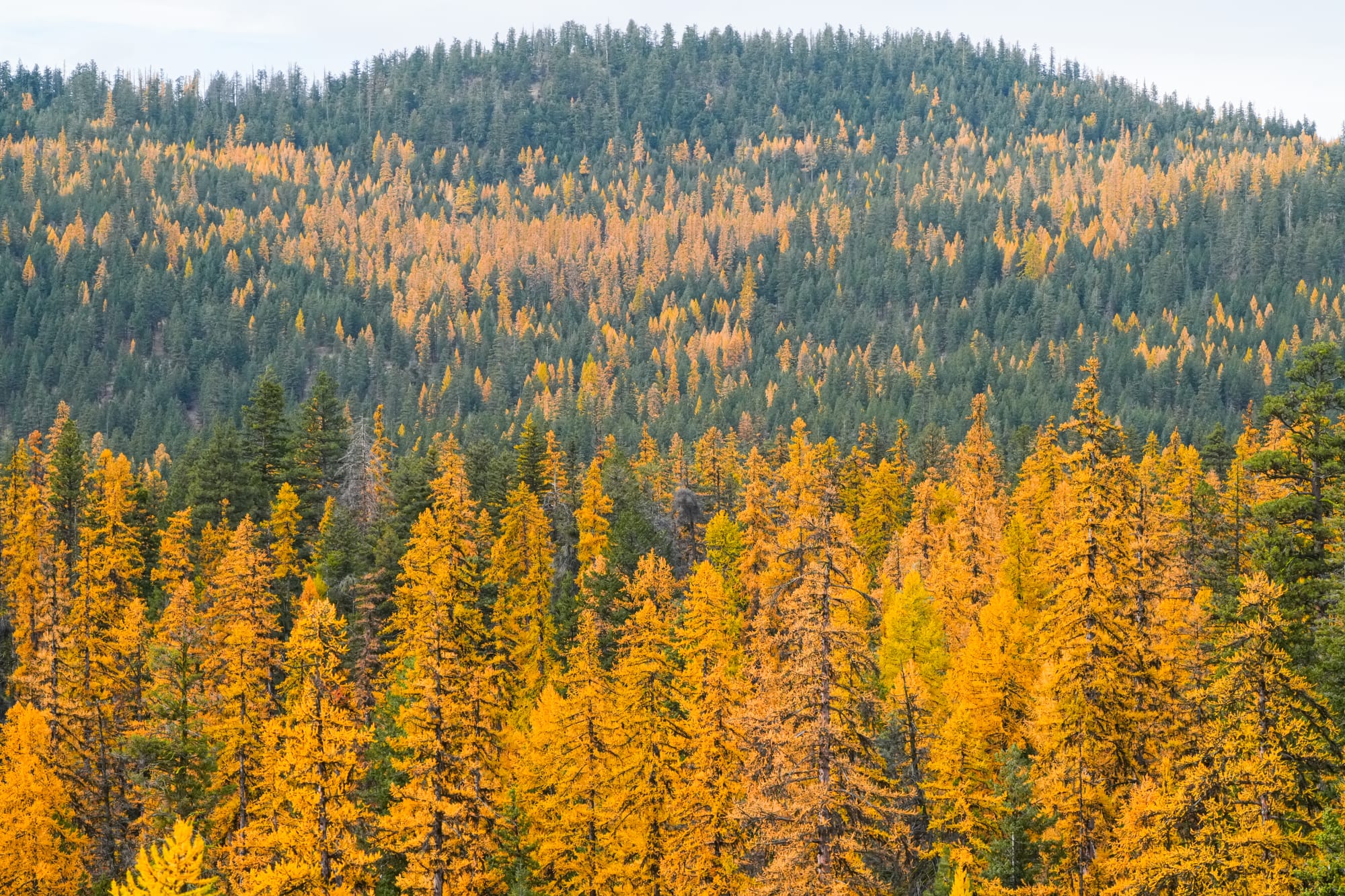
Along with the turn in the weather, many kinds of mushrooms have been popping up. Between the dry summers, deeply cold winters, and infrequent rains, it seems like mushrooms emerge for such short periods of time that you can easily miss them if you're not out every day.
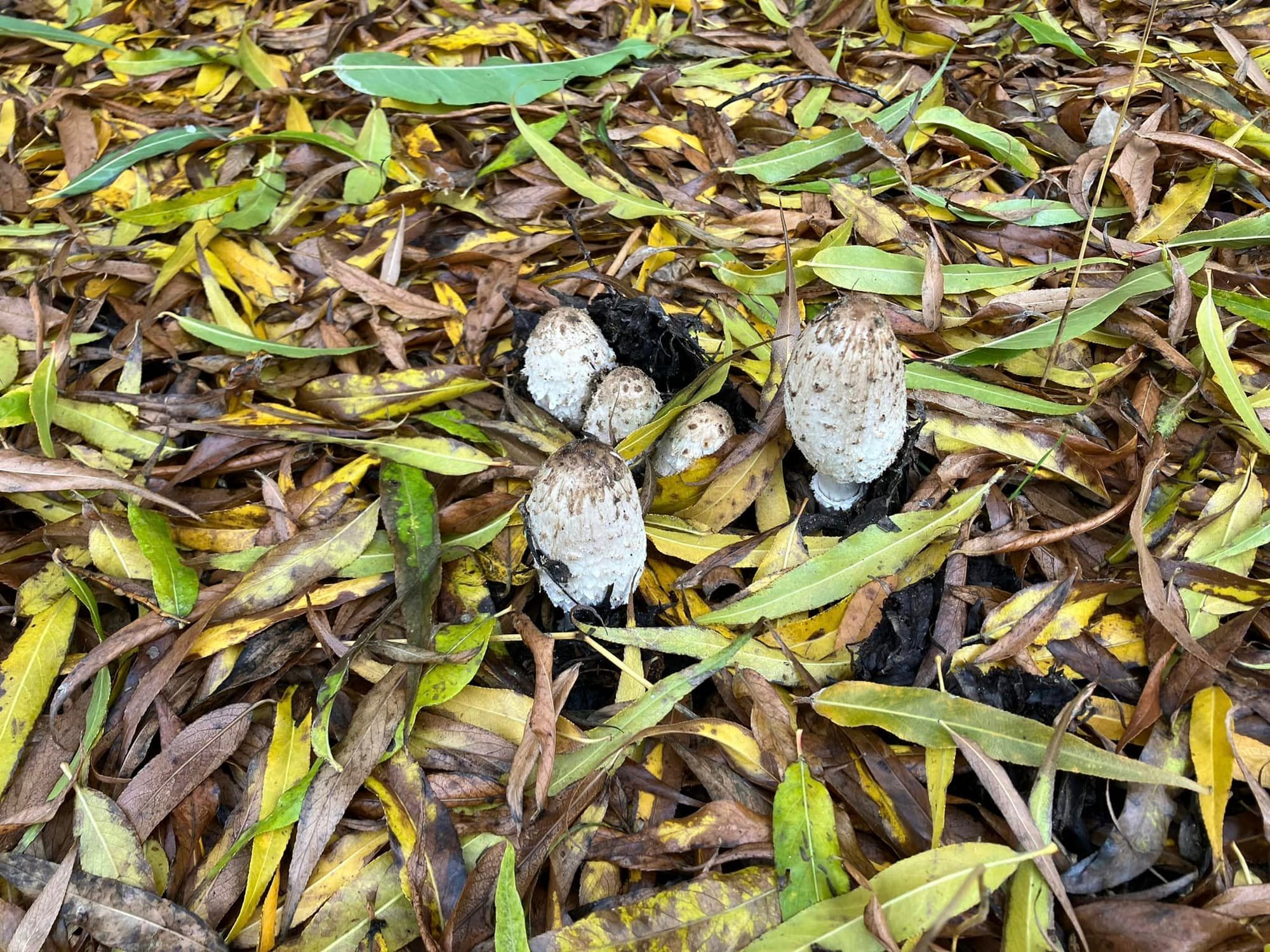
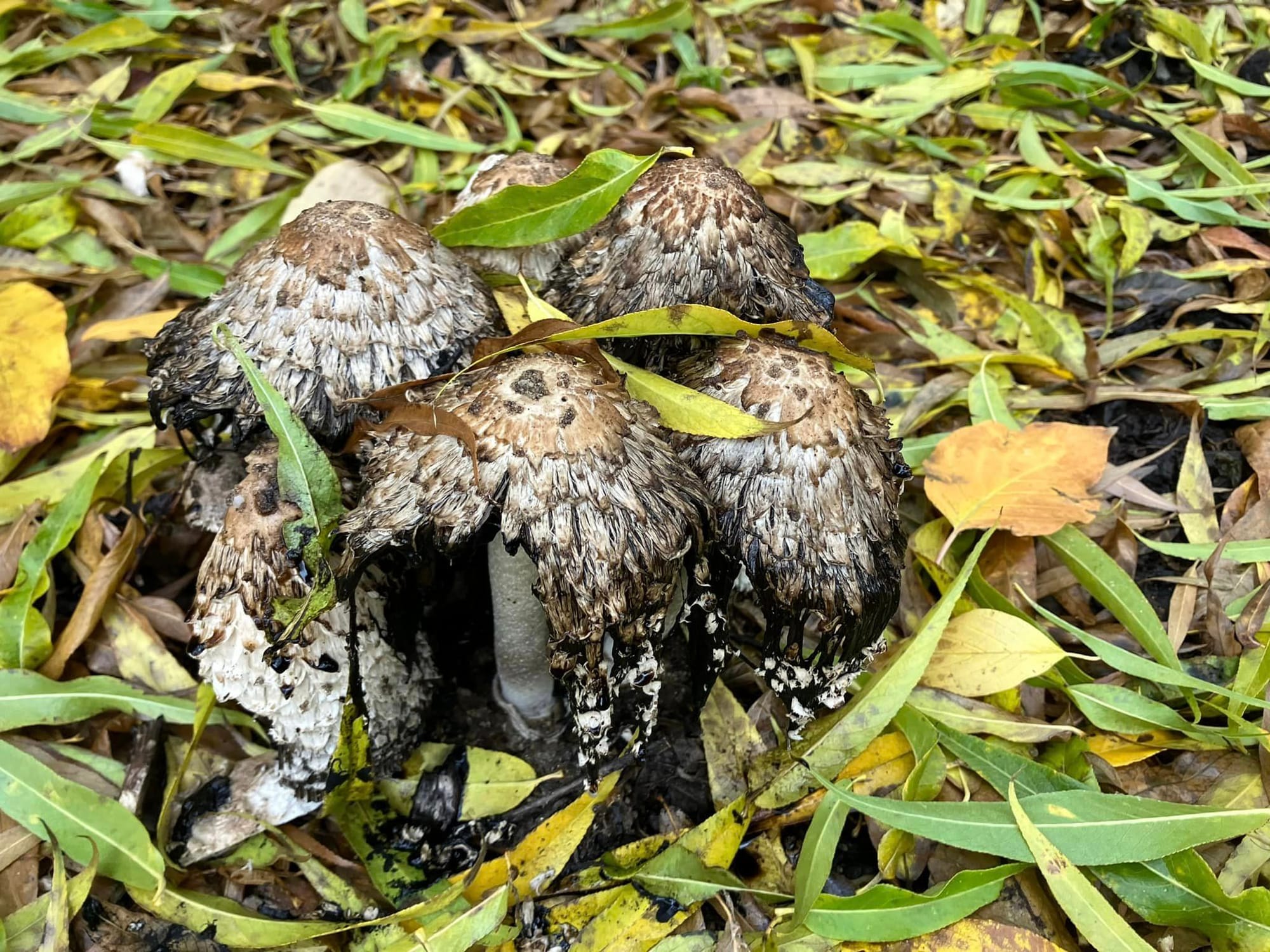
Two views of shaggy mane mushrooms, Coprinus comatus. Photos by Fred Koster
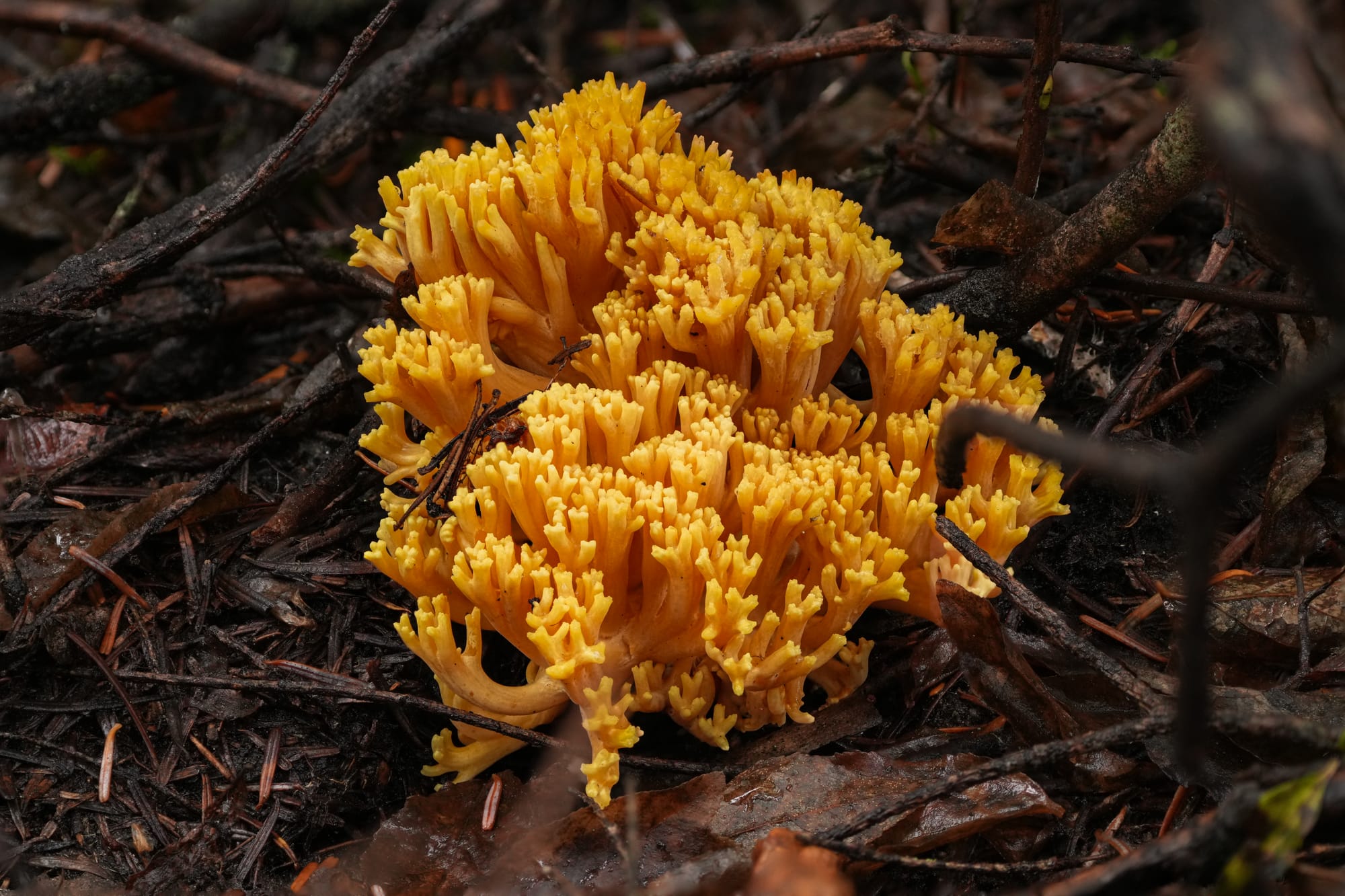
This has also been a very busy week in terms of wildlife, with several moose being reported (would these be meese?), plus a scattering of interesting birds.
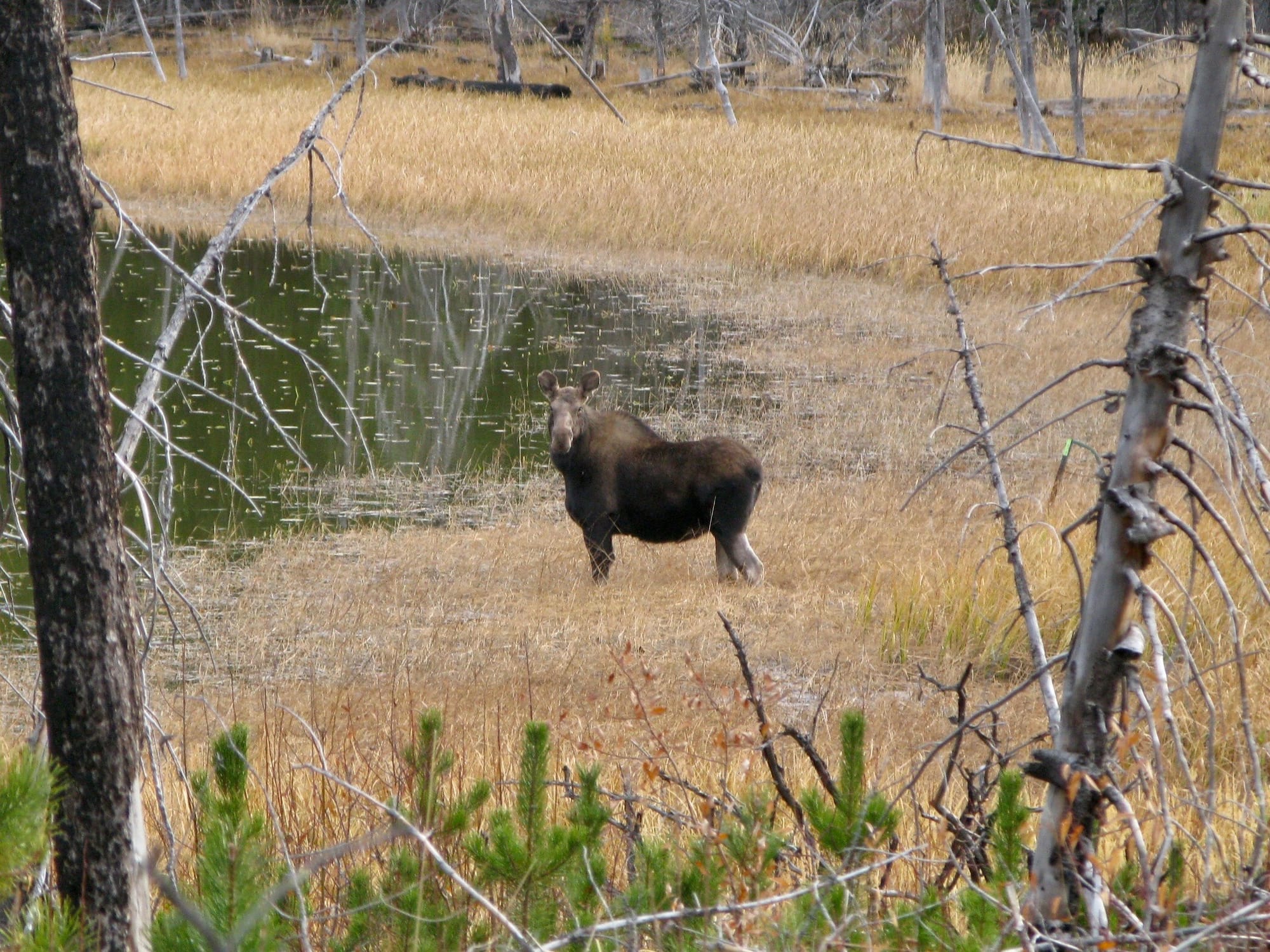
A range of water birds are still migrating and passing through the valley, such as the group of 10 Bonaparte's gulls that stopped briefly amid rain and snow at Big Twin Lake on Nov. 1, and a very rare red-throated loon that was spotted at Pearrygin Lake. The season's first northern shrikes also showed up this week.
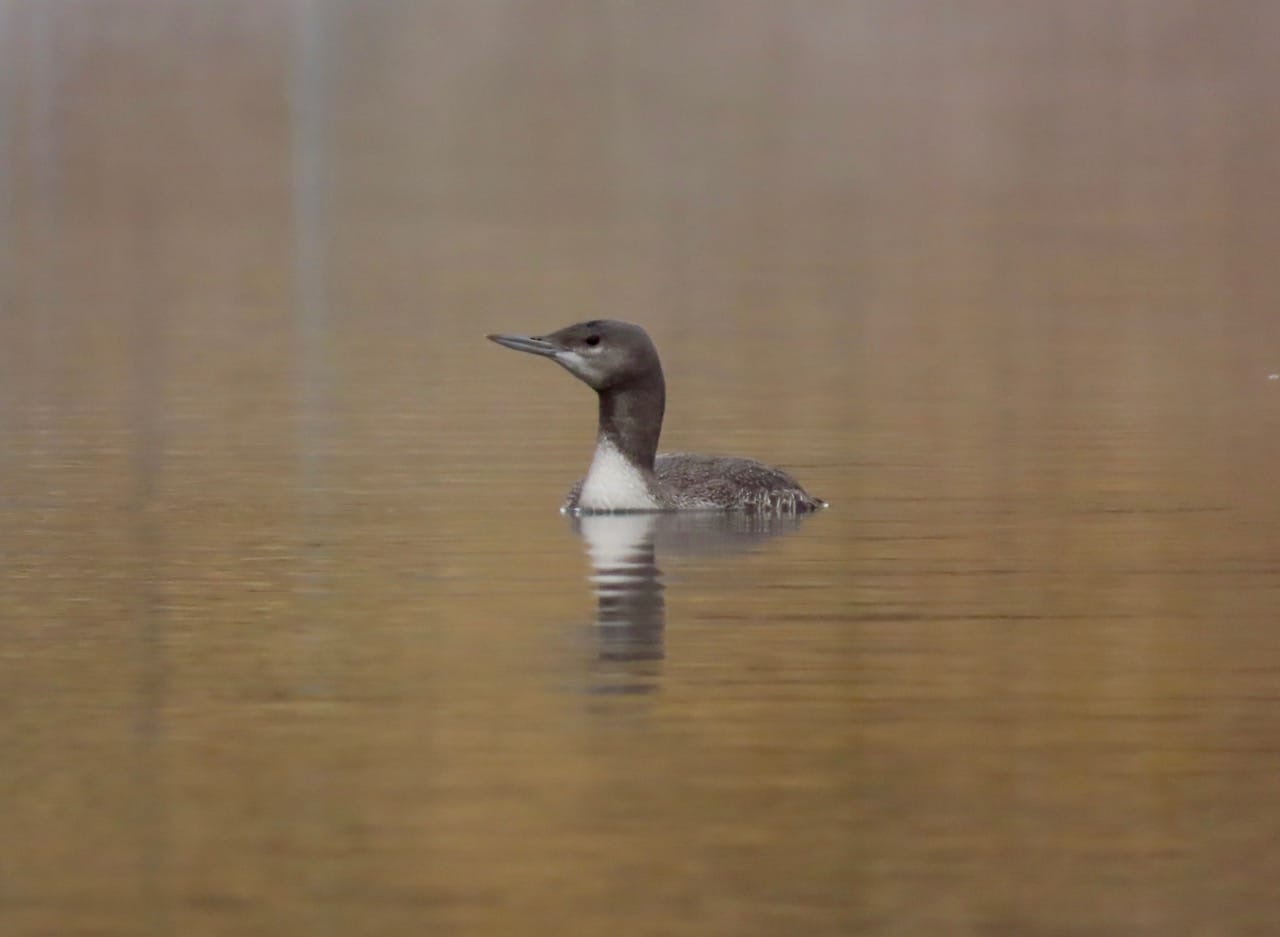
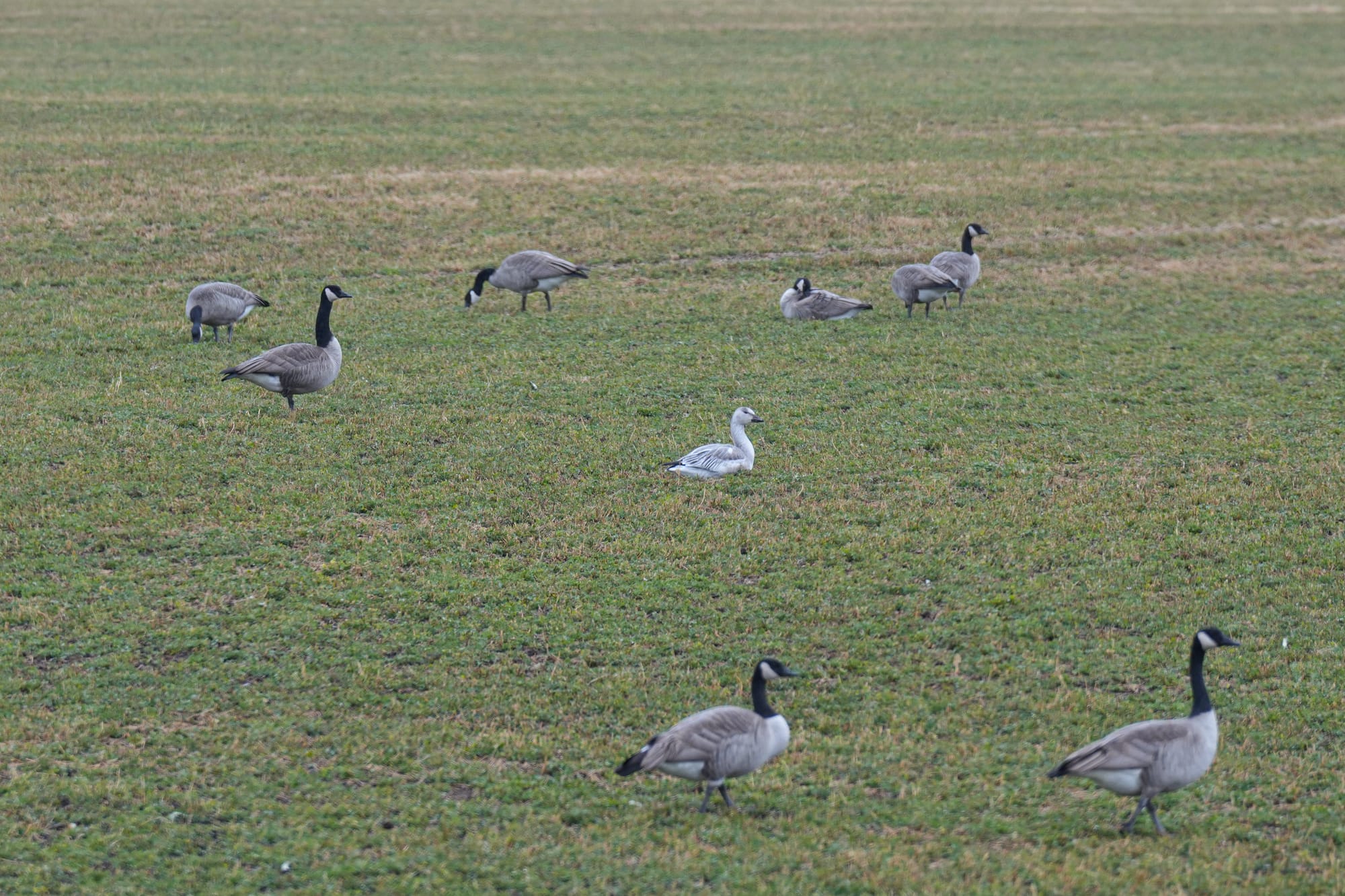
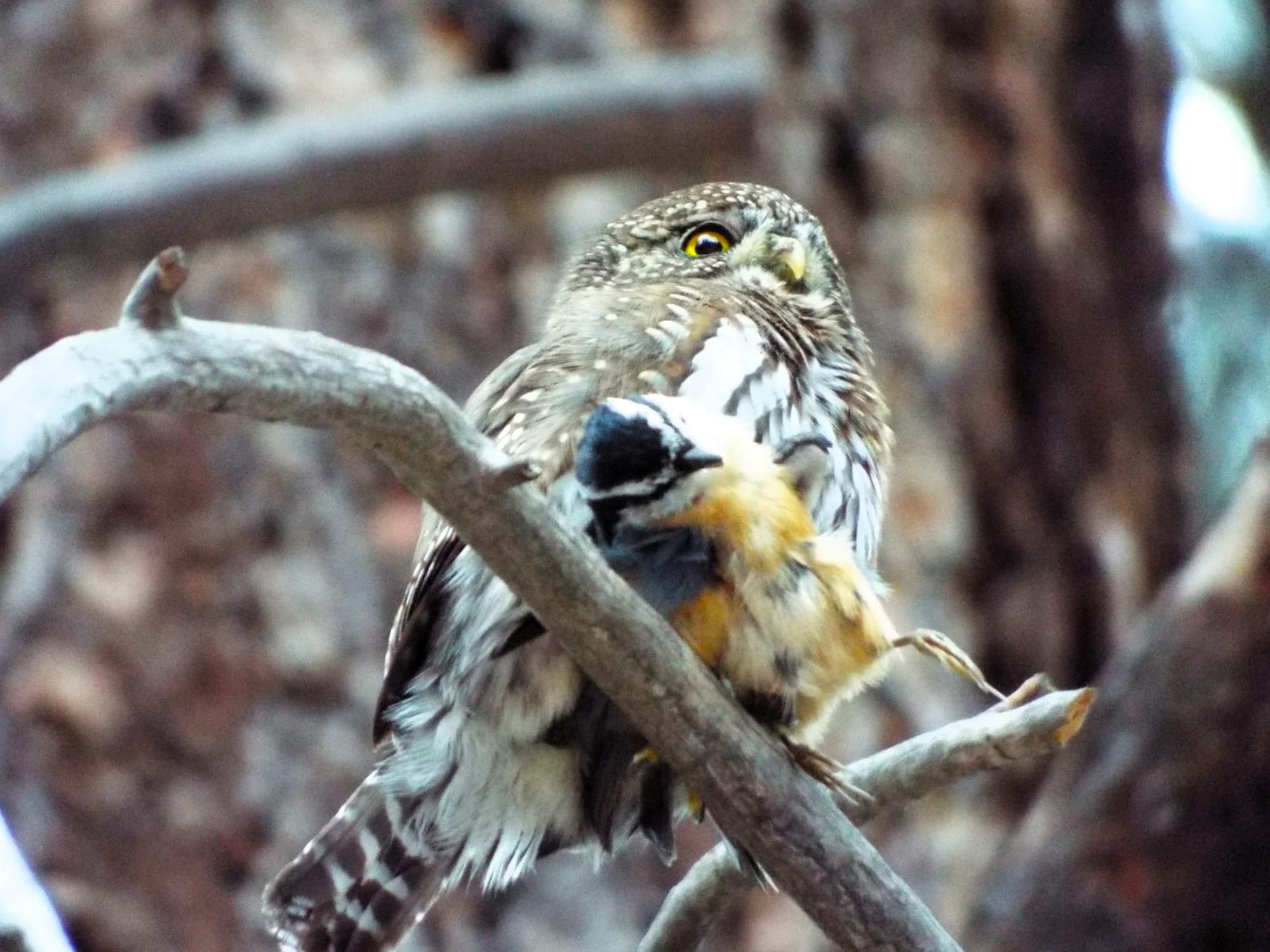
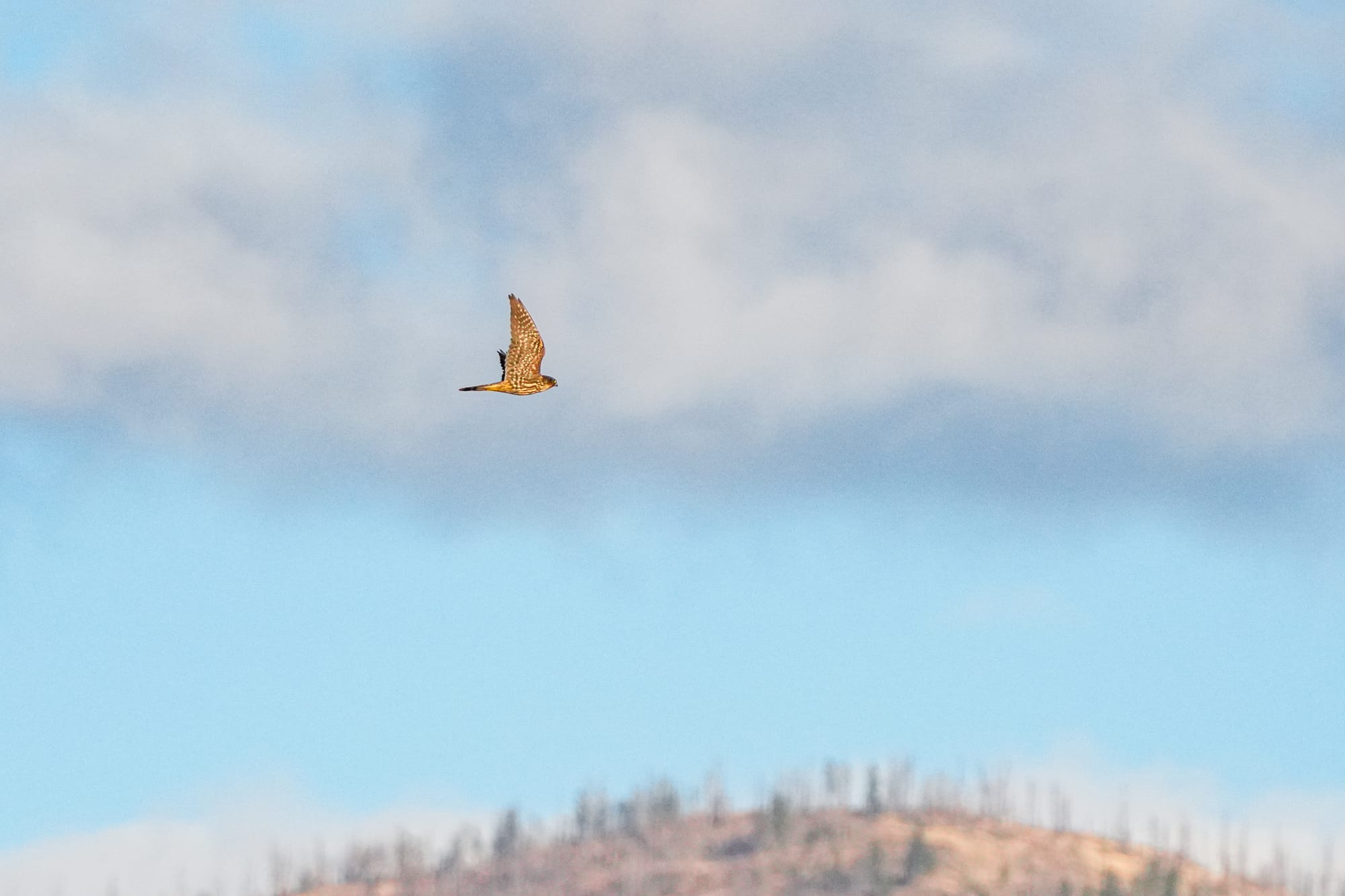
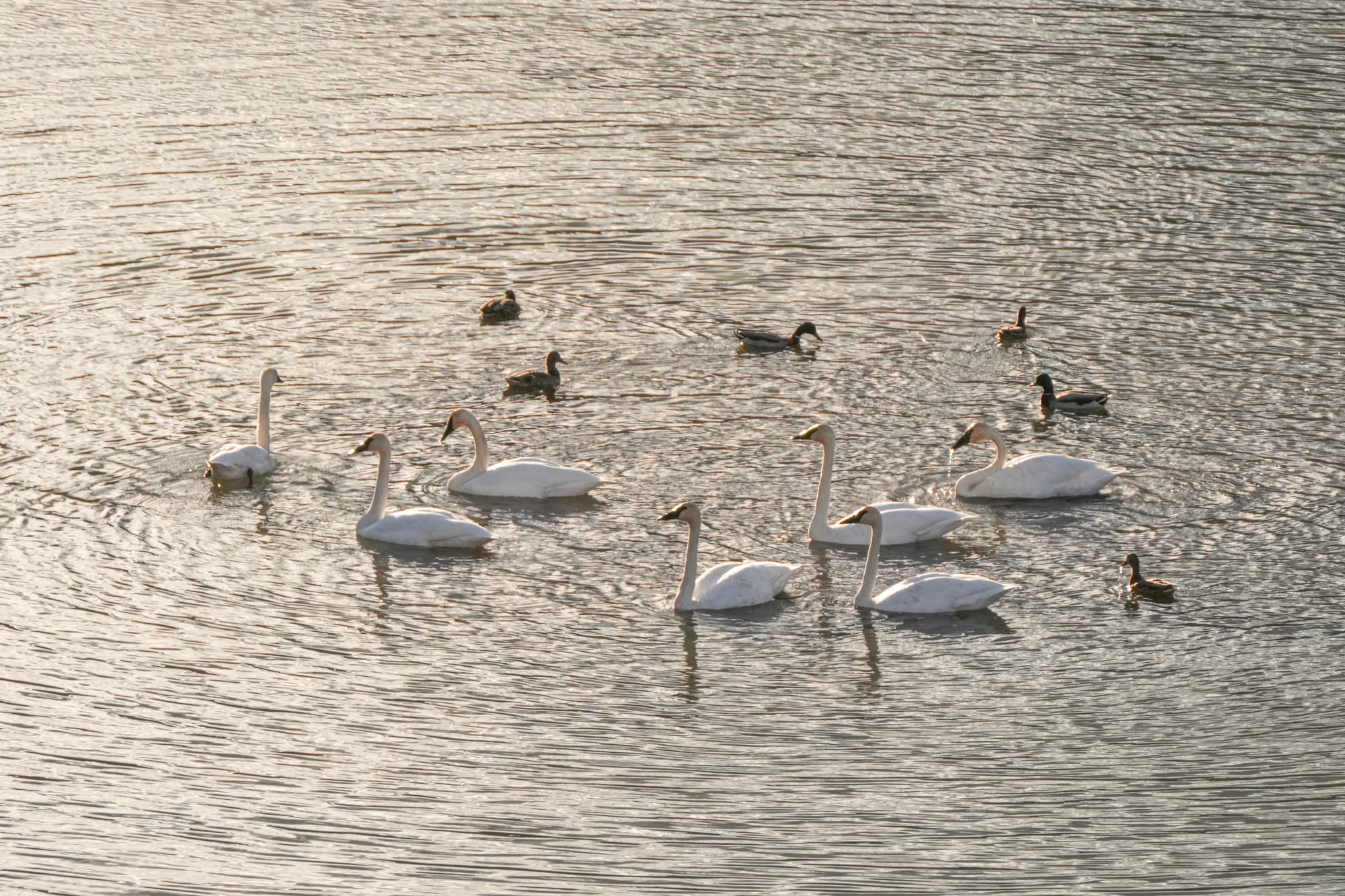
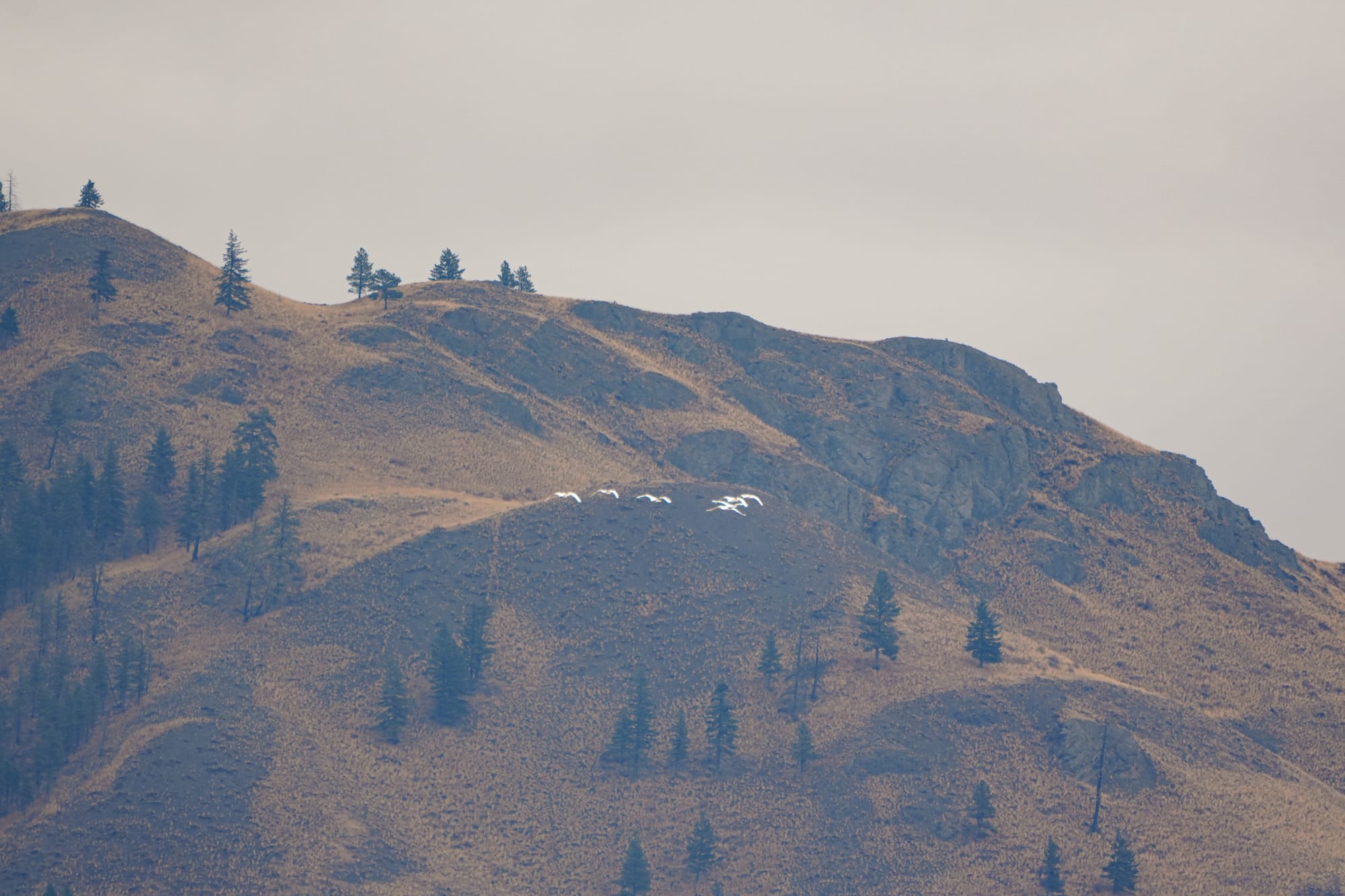
Observation of the Week: Harvestmen
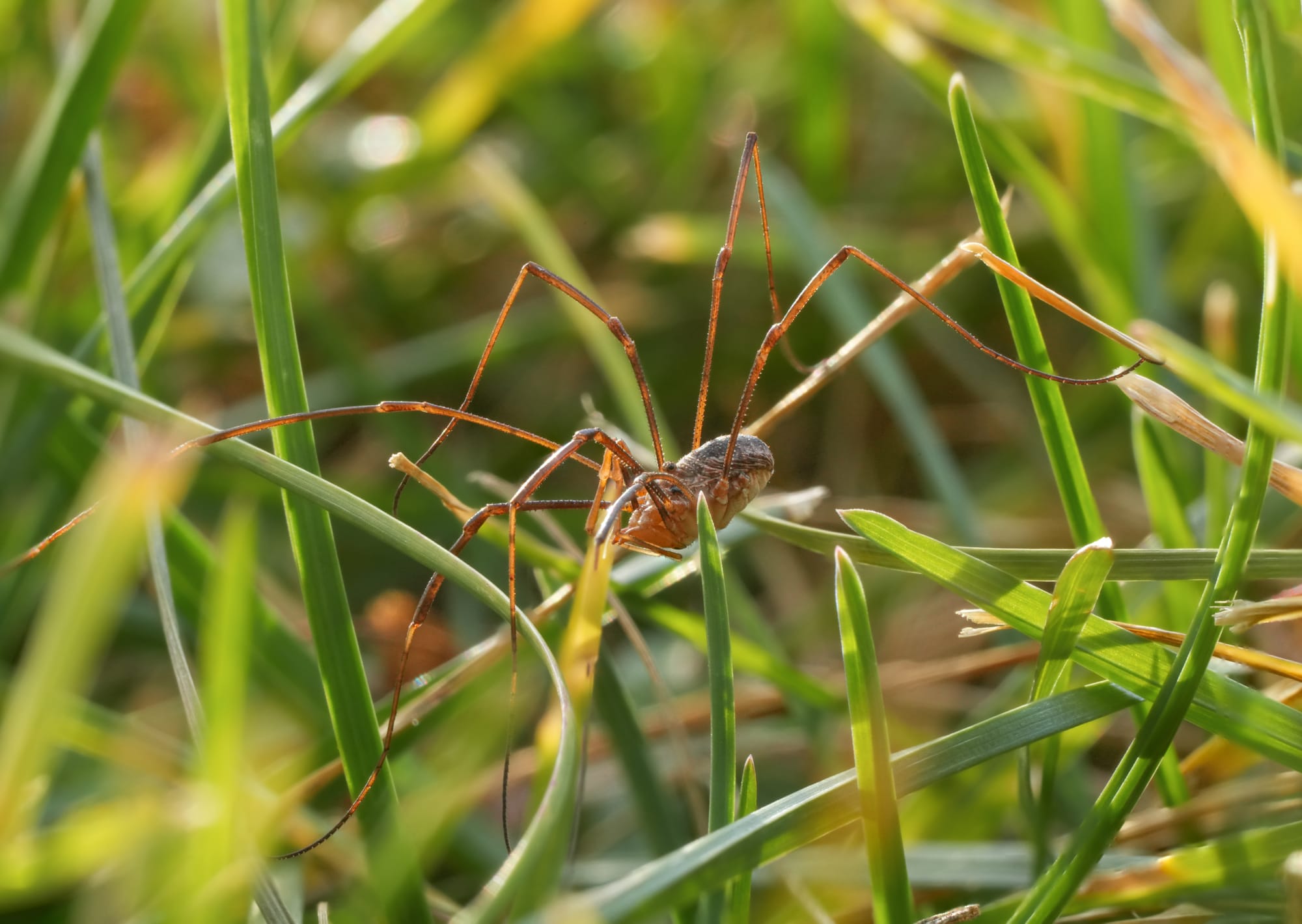
Despite outward appearances, harvestmen are NOT spiders. In fact, they are an ancient order of arachnids that have changed very little in 400 million years ago and are most closely related to horseshoe crabs, scorpions, and solifuges.
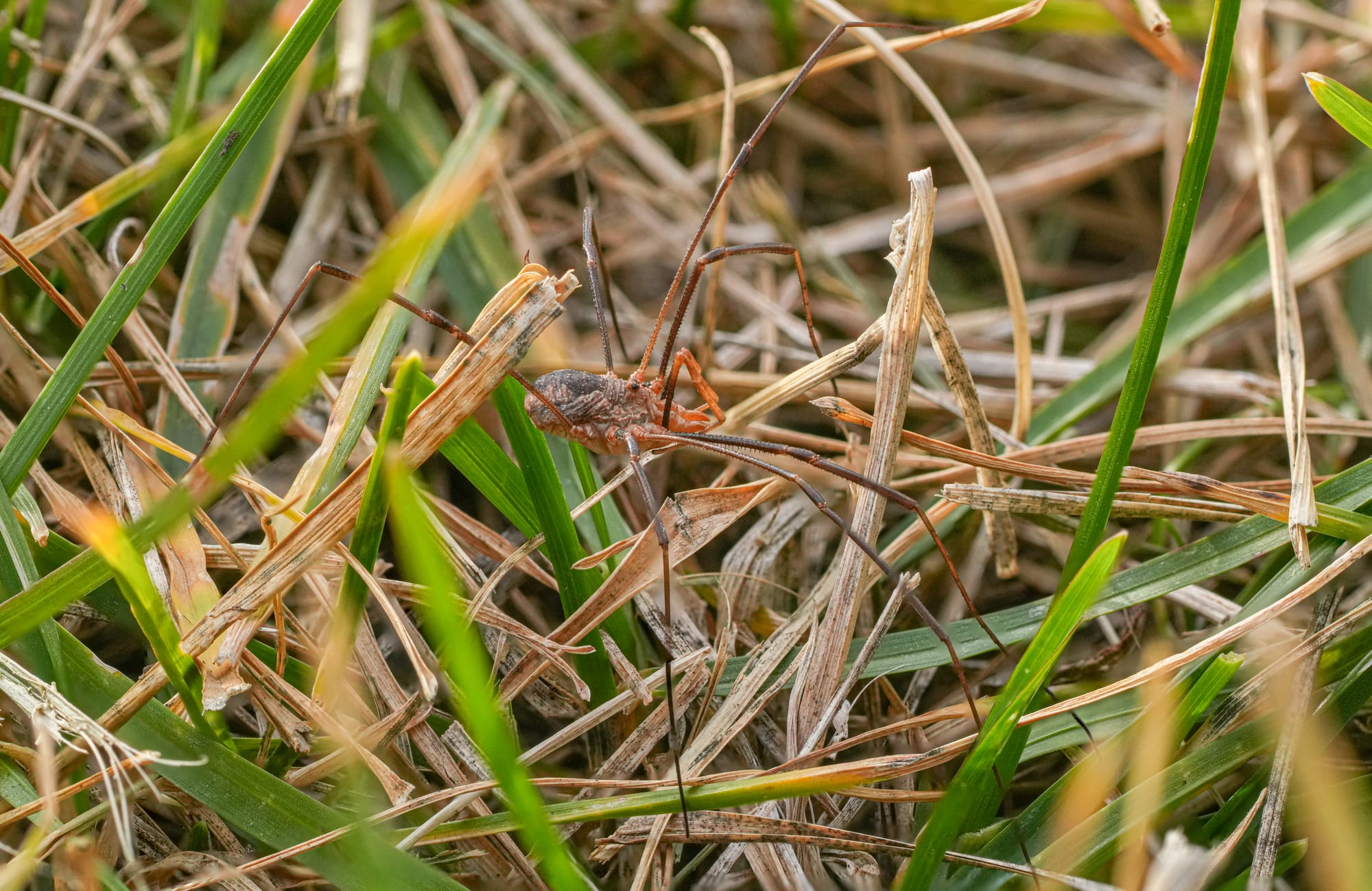
Harvestmen are actually quite common, but we don't see them very often because they are mostly nocturnal. Unlike spiders, they lack venom glands so they're not poisonous, and they don't produce silk. Visually you can easily separate them from spiders because harvestmen look like they have a single body, while spiders have distinct heads and abdomens.
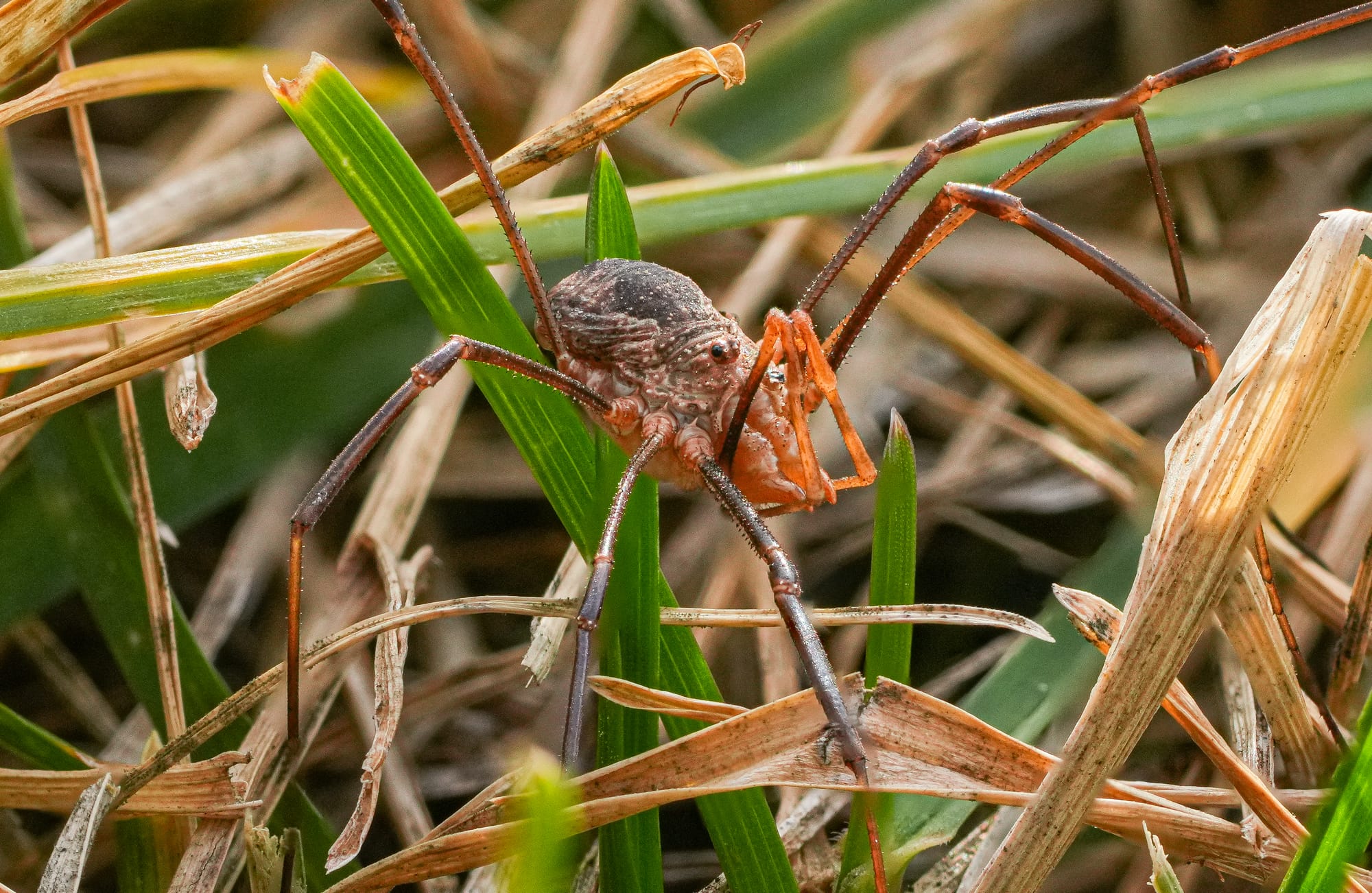
Harvestmen also readily gather in groups, so you might find a cluster of them under a board or in a dark corner of your shed, but generally they wander alone in search of small insects, plants, fungi, feces, and dead animals to eat.
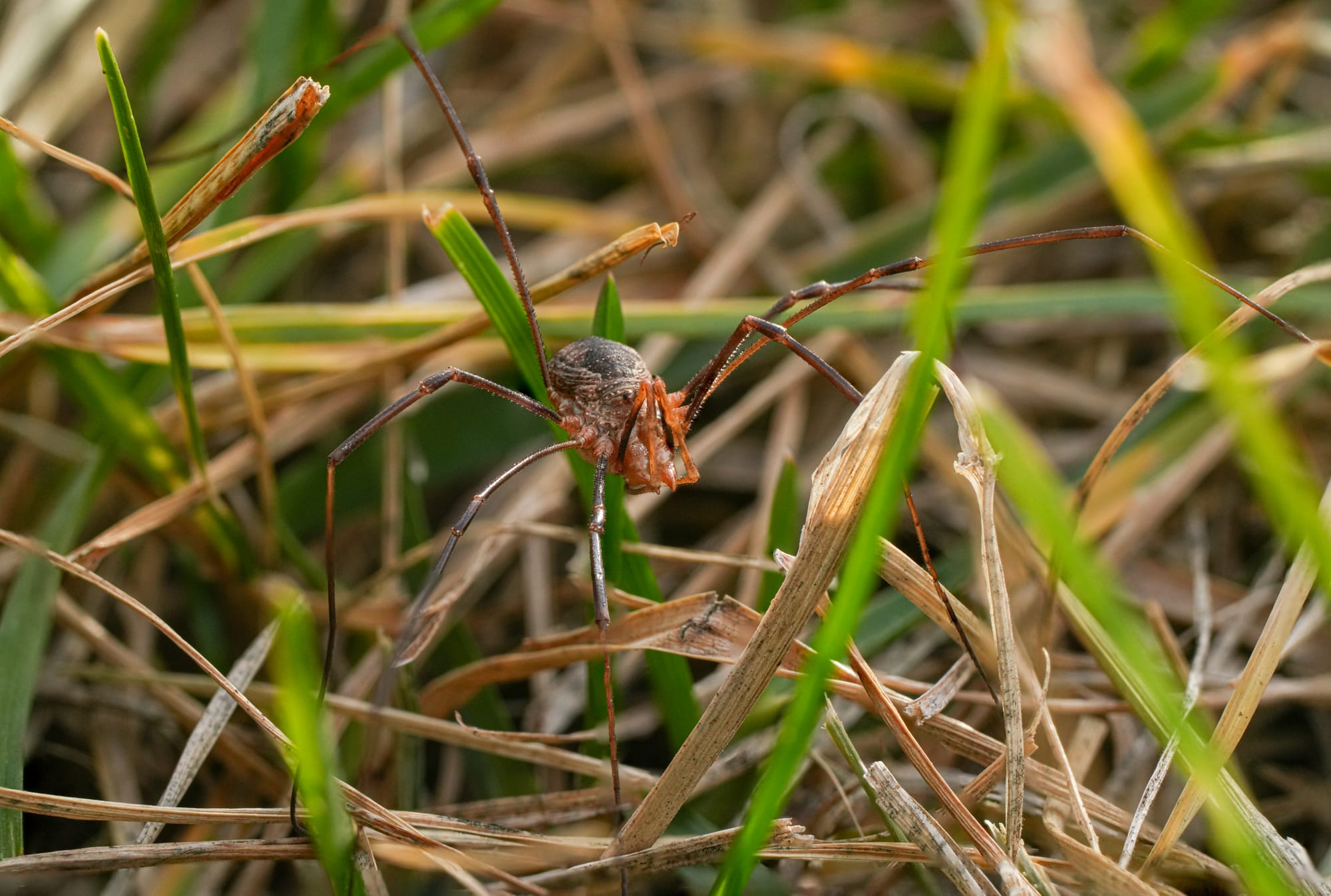
Remember that harvestmen might look scary and startle you, but they do no harm and just want to be left alone.

